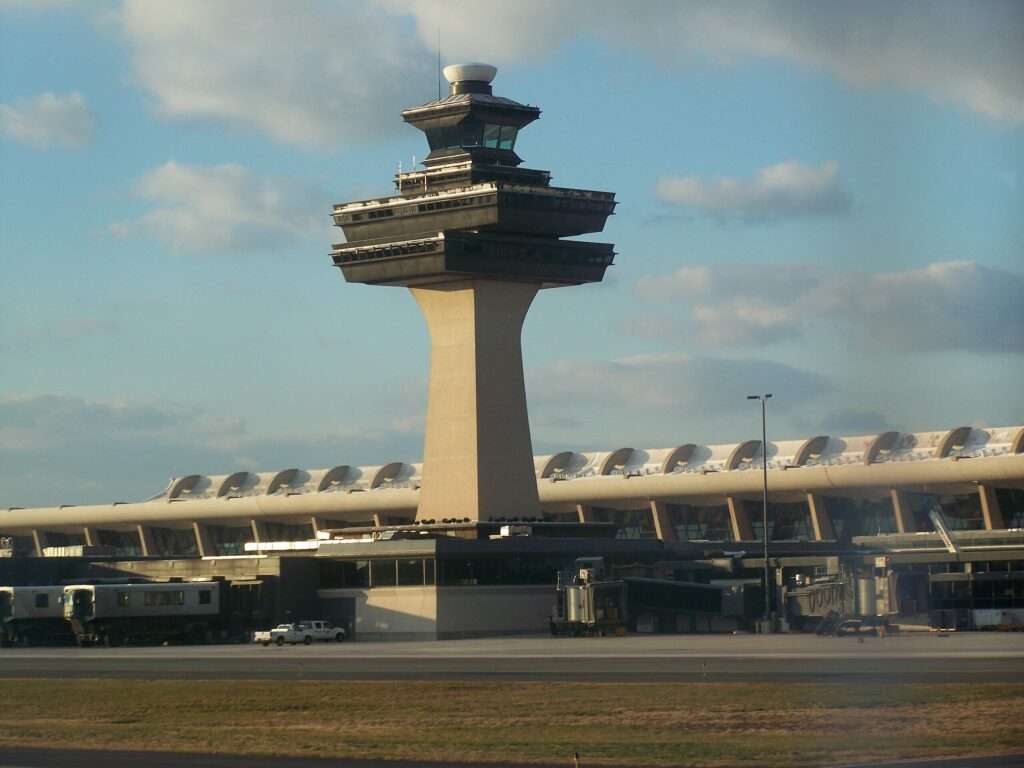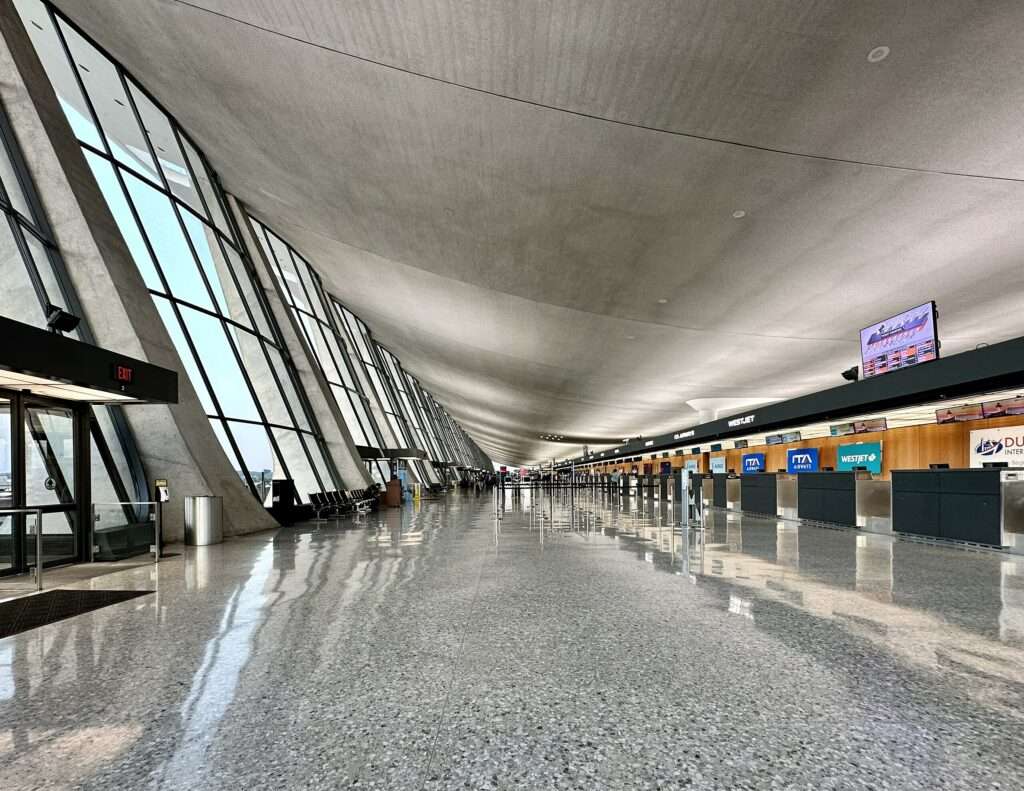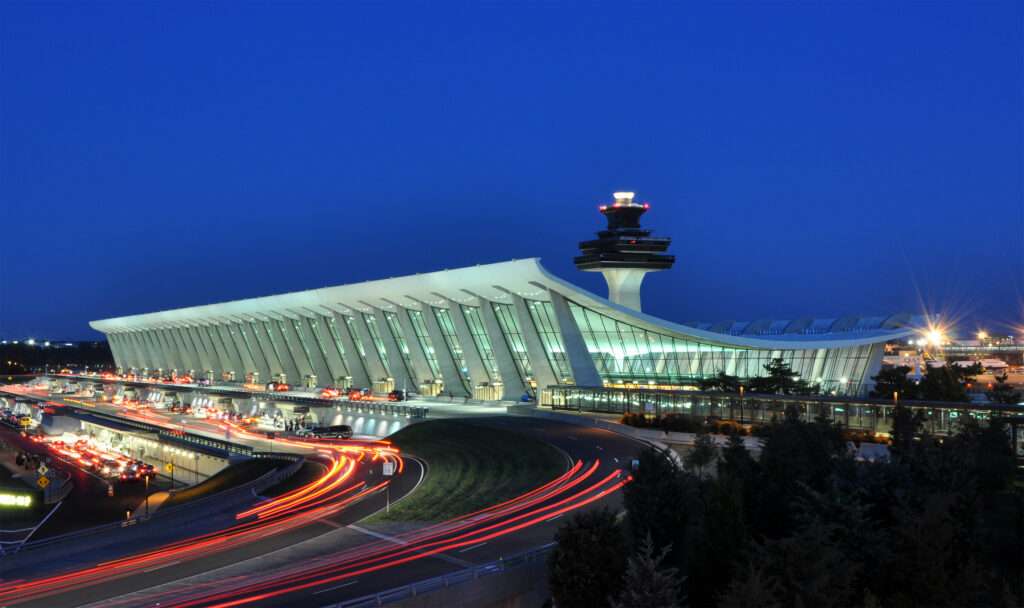Washington Dulles International Airport (IAD) sits 26 miles west of Washington D.C.’s bustling core, a vital international gateway connecting the U.S. capital region to over 125 destinations worldwide.
However, Dulles’ journey began during a period of global tension, reflecting the anxieties and ambitions of the Cold War era.
A Product of the Jet Age and Cold War Concerns
The seeds of Dulles were sown in the 1950s. Washington National Airport (DCA), closer to downtown, was reaching capacity.
Additionally, the jet age demanded longer runways for larger aircraft. National security concerns during the Cold War also played a role.

Policymakers envisioned a major airport farther from the capital, less vulnerable to potential attack.
John Foster Dulles, the influential Secretary of State under President Eisenhower, championed the project.
The airport, christened in his honor after his death in 1959, embodied the optimism and technological prowess of the era.
Eero Saarinen, a renowned architect, designed the iconic main terminal – a soaring, futuristic structure that became a symbol of American modernity.
Early Years: Promise and Struggle

Dulles officially opened its doors in 1962.
Its initial years were marked by both promise and struggle.
Airlines were hesitant to move operations away from DCA’s established network.
Passenger traffic remained low, leading to the nickname “Dulles Doze.” However, Dulles possessed a distinct advantage – its expansive layout allowed for future growth.
A Hub Emerges: United Airlines and Beyond at Washington Dulles Airport…
A turning point came in 1976 when United Airlines established Dulles as a major hub.
This strategic move not only boosted passenger numbers but also spurred development within the airport.
Additional terminals were constructed, and Dulles gradually evolved into a major player in the global air travel network.
The post-Cold War era ushered in a new chapter for Dulles.
The collapse of the Soviet Union eased security concerns, and the airport’s location became less of a strategic liability.

Dulles capitalized on its vast space, becoming a preferred destination for cargo airlines due to its efficient handling facilities.
The 9/11 attacks significantly impacted air travel, and Dulles was not immune.
Security measures were tightened, and passenger traffic dipped.
However, the airport adapted, implementing robust security protocols and focusing on attracting new international carriers.
Embracing the Future: Technology and Sustainability
The 21st century has seen Dulles International Airport embrace technological advancements.
Self-service kiosks and automated baggage handling systems have streamlined the passenger experience.
The airport has also made strides towards sustainability, with initiatives like energy-efficient buildings and electric vehicle charging stations.
Today, Dulles International Airport stands as a testament to the evolution of air travel.
It is no longer just a Cold War relic, but a modern, thriving hub that connects the Washington, D.C. region to the world.
The future of Dulles appears bright, with ongoing expansion plans and a commitment to providing a seamless and efficient travel experience for passengers and cargo alike.

Click the banner to subscribe to our weekly newsleter.

Click the photo to join our WhatsApp channel so then you can stay up to date with everything going on in the aviation industry!








